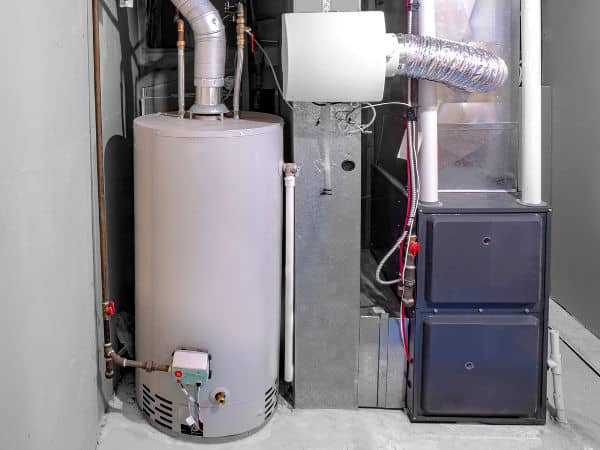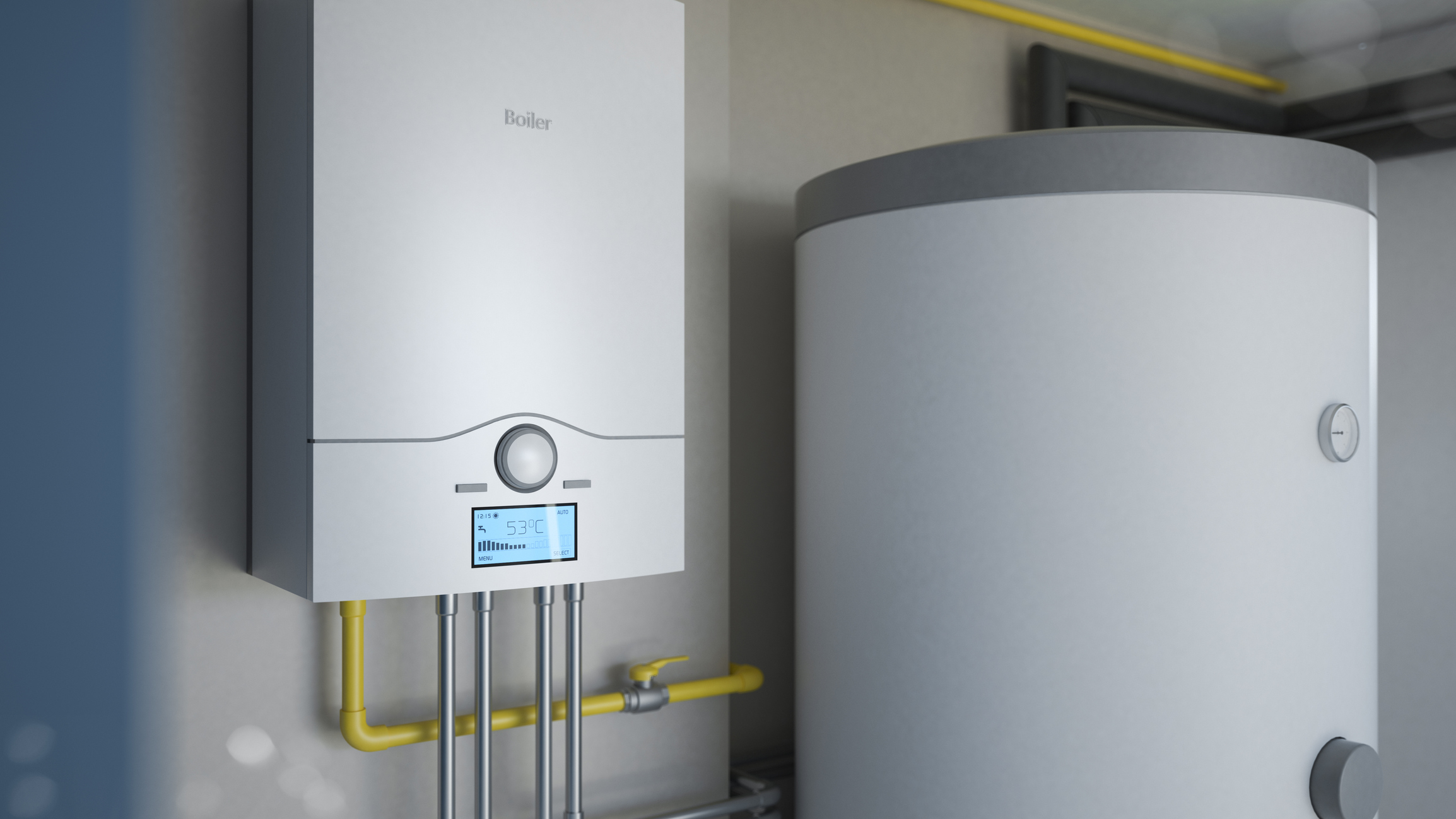We've encountered the article about Tips For Maintaining Your Hot Water Heater directly below on the internet and figured it made perfect sense to write about it with you here.

Hot water is vital for day-to-day convenience, whether it's for a refreshing shower or cleaning dishes. To guarantee your warm water system runs effectively and lasts much longer, regular upkeep is key. This post gives useful pointers and insights on exactly how to keep your home's hot water system to prevent interruptions and expensive repairs.
Introduction
Keeping your home's hot water system may appear challenging, however with a couple of easy steps, you can guarantee it runs smoothly for many years ahead. This guide covers whatever from recognizing your warm water system to DIY maintenance tips and understanding when to call professional assistance.
Significance of Maintaining Your Warm Water System
Normal maintenance not just prolongs the life-span of your hot water system yet also ensures it runs efficiently. Ignoring upkeep can result in lowered efficiency, higher power costs, and even premature failing of the system.
Signs Your Hot Water System Requirements Upkeep
Knowing when your hot water system requires interest can protect against major problems. Keep an eye out for signs such as inconsistent water temperature level, strange noises from the heating unit, or corroded water.
Understanding Your Hot Water System
Prior to diving into upkeep jobs, it's helpful to comprehend the fundamental parts of your hot water system. Generally, this consists of the hot water heater itself, pipelines, anode rods, and temperature controls.
Regular Monthly Upkeep Tasks
Normal monthly checks can aid capture small concerns prior to they intensify.
Flushing the Water Heater
Purging your hot water heater gets rid of debris build-up, boosting effectiveness and extending its life.
Monitoring and Replacing Anode Rods
Anode rods avoid corrosion inside the tank. Inspecting and replacing them when broken is critical.
Evaluating and Readjusting Temperature Level Setups
Changing the temperature settings makes sure optimum efficiency and safety and security.
Do It Yourself Tips for Upkeep
You can carry out a number of maintenance tasks yourself to keep your hot water system in top condition.
Checking for Leaks
Routinely examine pipes and connections for leaks, as these can result in water damage and higher bills.
Testing Pressure Alleviation Valves
Examining the stress safety valve guarantees it works properly and avoids extreme pressure buildup.
Insulating Pipelines
Shielding hot water pipes reduces warmth loss and can conserve power.
When to Call an Expert
While DIY maintenance is beneficial, some problems need professional proficiency.
Complex Concerns Needing Professional Help
Instances consist of major leaks, electric issues, or if your water heater is consistently underperforming.
Regular Professional Maintenance Conveniences
Expert maintenance can include detailed assessments, tune-ups, and guaranteeing compliance with safety and security requirements.
Final thought
Regular upkeep of your home's hot water system is essential for performance, durability, and cost financial savings. By complying with these tips and recognizing when to look for professional aid, you can make sure a dependable supply of warm water without unexpected disturbances.
How to Maintain an Instant Hot Water Heater
Before tinkering with your hot water heater, make sure that it’s not powered on. You also have to turn off the main circuit breaker and shut off the main gas line to prevent accidents. Also turn off the water valves connected to your unit to prevent water from flowing into and out of the appliance. 2. When you’re done, you have to detach the purge valves’ caps. These look like the letter “T” and are situated on either side of the water valves. Doing so will release any pressure that has accumulated inside the valves while at the same time avoid hot water from shooting out and burning your skin. 3. When the purge valves’ caps are removed, you have to connect your hosing lines to the valves. Your unit should have come with three hoses but if it didn’t, you can purchase these things from any hardware or home repair shops. You can also get them from retail stores that sell water heating systems. Read the user’s manual and follow it to complete this task properly. When the hosing lines are connected, open the purge port’s valves. 4. You should never use harsh chemical cleaners or solutions when cleaning your unit. Make use of white vinegar instead. It should be undiluted and you’ll probably use about 2 gallons. 5. Now flush your water heater. This task should probably take about 40 minutes. We can’t give you specific directions for this because the procedure is carried out depending on the type, model and brand of your heater. With that being said, refer to the user’s manual. 6. When you’re done draining the unit, you have to turn off the purge port valves again. Remove the hosing lines that you earlier installed on each of the water valves. Put the valve caps (purge port) back in their respective places and be very careful so as not to damage the rubber discs that are found inside these caps. 7. Now that everything’s back in place, check your user’s manual again to find out how to reactivate your water heating system. 8. Once it is working, turn one of your hot water faucets on just to let air pass through the heater’s water supply pipes. Leave the tap on until water flows smoothly out of it. https://www.orrplumbing.com/blog/2014/september/how-to-maintain-an-instant-hot-water-heater/

Do you enjoy more info about How to Maintain a Hot Water Heater in a Few Simple Steps? Give feedback further down. We would be delighted to hear your thinking about this blog. In hopes that you come back again in the future. Enjoyed reading our write-up? Please share it. Let other people locate it. Thanks for going through it.
Booking